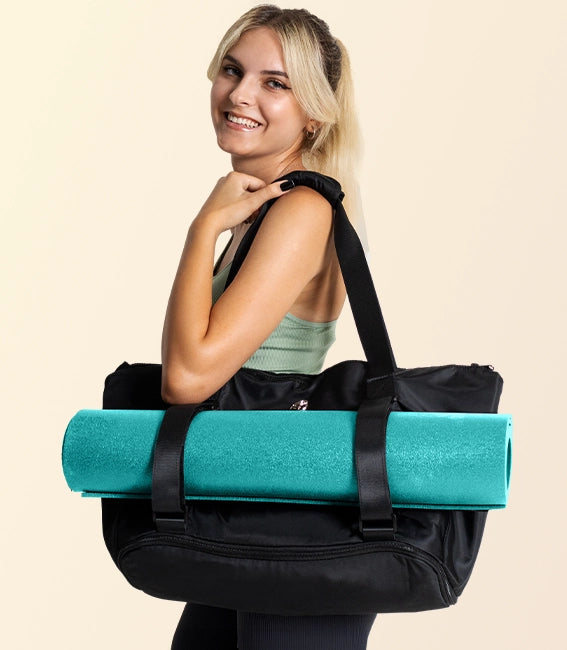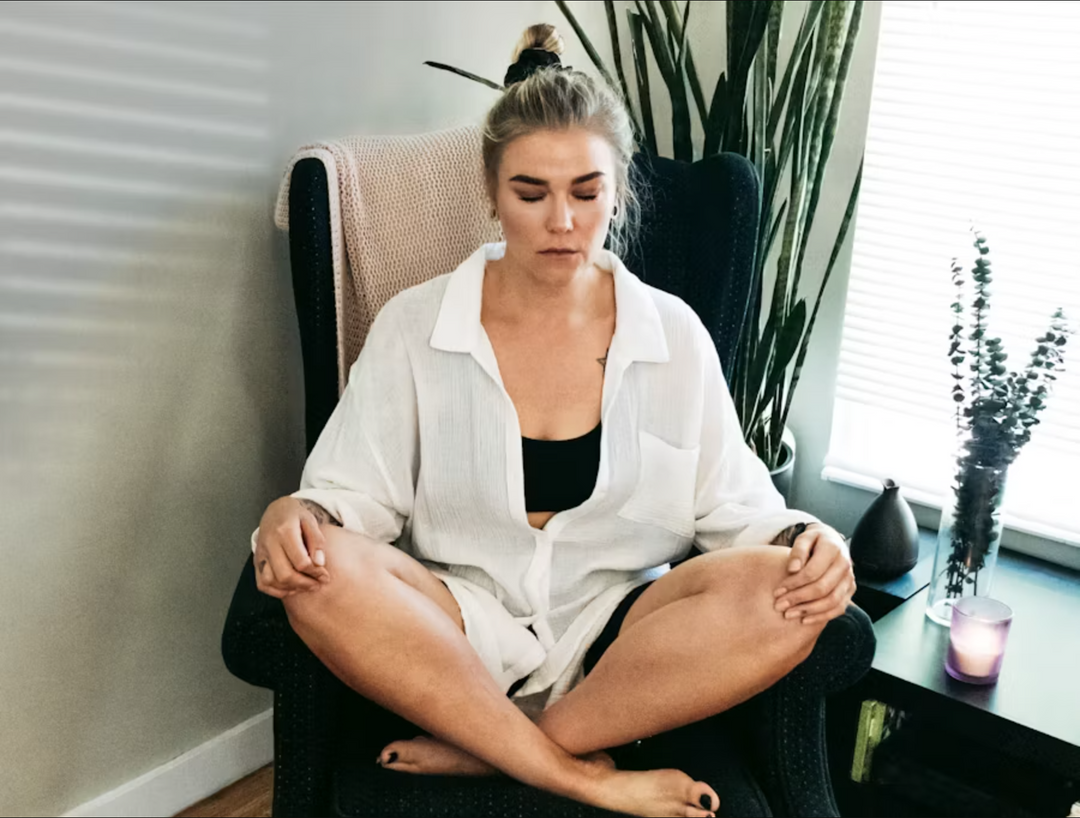
For anyone looking to bring more movement and mindfulness into their day—without needing to get on the floor—chair yoga is a great place to start. It’s a modern, inclusive approach to traditional yoga, making it easier for people with limited mobility, recovering from injury, or even those sitting at a desk all day to stay active and present. And if you're carrying your gear to class or the office, having one of these yoga backpacks can help keep everything in one place.
The Origins of Chair Yoga
Chair yoga developed from the idea that yoga should be for everyone. As more people began to explore yoga for its physical and mental benefits, teachers looked for ways to adapt the practice to fit a wider range of needs. Using a chair as a support—either to modify traditional poses or as the main base for movement—made it possible for more people to experience yoga comfortably and safely. You can even find chairs specifically designed for this style of practice—here’s a helpful guide on choosing the best chair for chair yoga.
The Philosophy Behind the Practice

Yoga isn’t just about movement; it’s a whole-body, whole-mind experience. At its core, yoga connects the breath, body, and mind in a way that encourages balance, awareness, and presence. Chair yoga carries this same intention, simply offering a more accessible route. The poses may be gentler or seated, but the focus on breath, mindfulness, and self-awareness remains strong.
Breath and Movement

One of the key elements of any yoga practice is the breath. In chair yoga, movements are often coordinated with slow, intentional breathing, which helps bring calm and focus to both body and mind. This rhythm between breath and movement makes the practice feel meditative, grounding, and calming—perfect for reducing stress or resetting during a busy day.
Accessibility and Inclusivity
What really sets chair yoga apart is its accessibility. The idea is simple: you don’t need to be able to touch your toes or balance on one foot to do yoga. By adjusting poses to be done in or around a chair, this practice welcomes people of all ages, body types, and abilities.
It’s a reminder that yoga isn’t about performing—it's about listening to your body and caring for it with intention. If you’re looking to share the gift of yoga with someone who might appreciate a more accessible approach, this list of thoughtful yoga gifts has some great ideas.
All You Really Need Is a Chair

One of the best things about chair yoga is how little you need to get started. Just a safe, sturdy chair:
-
Stability: Make sure the chair is solid and doesn’t slide or tip easily. If it has wheels, they should lock.
-
No Side Arms: A chair without arms gives you more freedom to move, especially for side stretches and twists.
-
Comfortable Height: Your feet should rest flat on the floor when seated. If they don’t, a small cushion or yoga block can help.
-
Space to Move: Ideally, there should be enough room to stretch your arms or lean forward without hitting anything.
(Need help finding the right setup? Here's that guide again on choosing the best chair for chair yoga.)
A Few Safety Tips
-
Clear the Area: Move bags, cords, or anything else that might get in the way of your movement.
-
Wear Comfy Clothes: Dress in something you can move freely in, even if you’re doing yoga at your desk.
-
Mind Your Feet: If you do any standing poses, make sure your footing is solid and the floor isn’t slippery.
What If Your Chair Has Arms?

No worries—if all you’ve got is a chair with arms, you can still do most chair yoga poses with a few simple tweaks. Just be mindful of your range of motion and avoid forcing anything that doesn’t feel comfortable. The goal is ease and awareness, not perfection.
Conclusion
Chair yoga is about making yoga work for you, not the other way around. It’s gentle, grounding, and incredibly adaptable. Whether you’re easing back into movement, looking for a mid-day stretch, or just curious about a more accessible way to practice, chair yoga offers a thoughtful and supportive entry point. No mat required—just a chair, your breath, and a little space to move.





